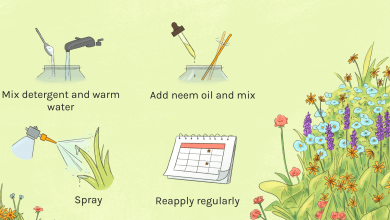5 indoor bonsai care
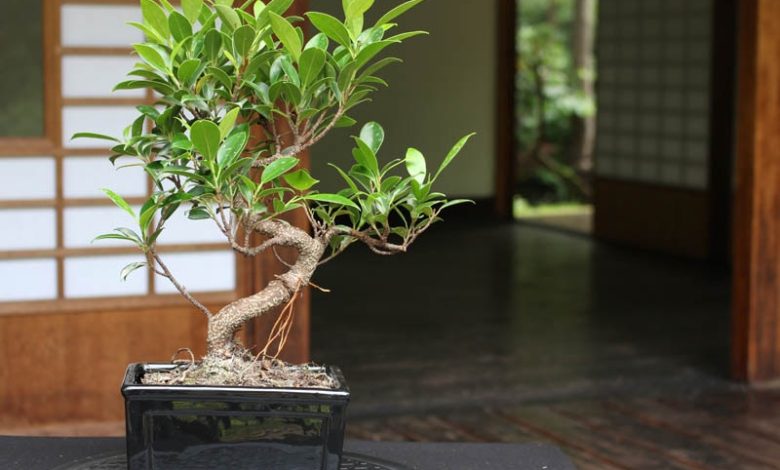
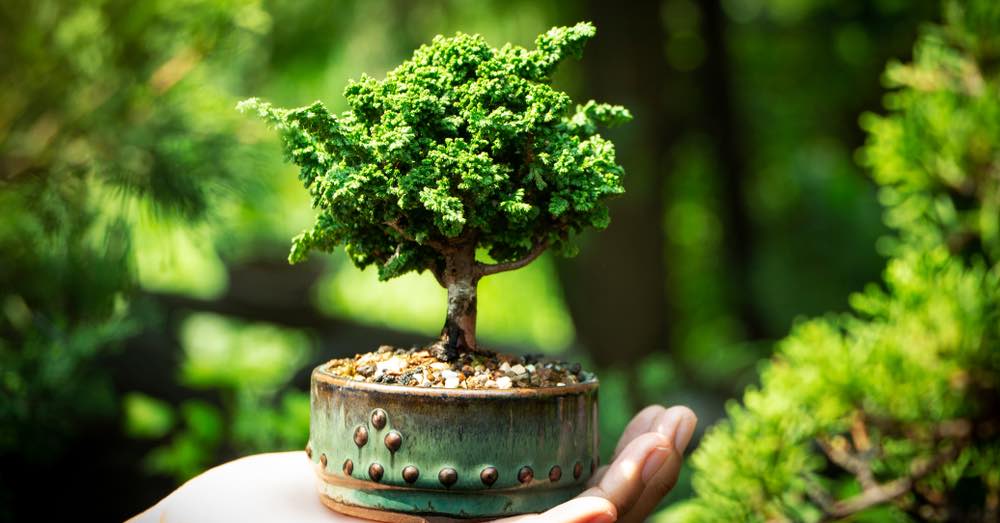
It is one of the plants that produces the most respect among gardening lovers. Surrounded by mysticism and that halo of apparent difficulty, the truth is that indoor bonsai care is not as complicated as popularly believed. And we specify indoors, because a good part of its way of cultivation lies in space. Although it is often believed that the bonsai is a genetically created or grafted tree, the truth is that it is a common and unusual tree. We say this because of that tiny format that makes it different, responding to ancient techniques of pruning and wiring. Why do we mention this? Because the fact of saying that it is a tree already gives us an idea that its place is not in the living room of our house. Like any tree, the ideal place for a bonsai is outdoors.
And then the question arises: what about those that are kept inside the houses? The answer is simple: they are tropical or subtropical trees. Some that in our latitudes could not survive outdoors, and that are comfortable being part of the natural decoration of an interior. For these reasons, indoor bonsai care is not exactly the same as outdoor bonsai care. The habitat is not the same, but not even its plant cycle is. While the latter need winter rest, indoor bonsai do not. Which is why they can live and thrive perfectly in our house.
Starting from these premises, let’s see what the care of indoor bonsai is. Some that will allow us to enjoy one of the most unique forms of gardening.
WHAT ARE THE CARE OF INTERIOR BONSAI?
Before going into detail about indoor bonsai care, let’s pause. It is true that they are not as complicated trees as it is painted. But that does not mean that we lose sight of a reality: they are delicate trees. We are talking about a plant species that is incredibly receptive, for better and for worse, to any change that occurs around it. That is why we have to be careful with changes in light, currents and even irrigation. The slightest modification in your space can affect the well-being of our plant. Hence the popular image that bonsai demands time and dedication. A belief that, in this case, is completely true.
That said, let’s see what are those bonsai care that will allow us to grow it without too much complication at home. And no, we are not going to go into more advanced details such as how to prune a bonsai. Let’s start at the beginning that there will be time to get to that point!
1. The location, one of the key cares for indoor bonsai for its well-being
We start with the most delicate point of bonsai cultivation. One that we have to choose conveniently, knowing that this type of tree demands a good dose of light daily. For this reason, a perfect location for them is in a south-facing window. The amount of light the bonsai receives will determine its growth and vigor. And it is not a minor aspect. If the plant does not receive the amount of light it demands, it can die.
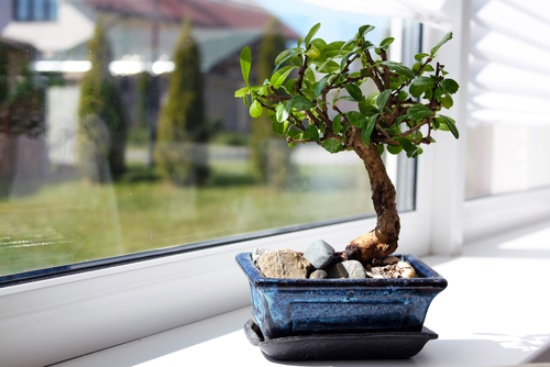
But let’s keep in mind a couple of things about this location next to the window that we were talking about. The crystals can make a magnifying glass effect, so the plant is at risk of burning. For this reason, in the hot months it is advisable to remove the pot slightly. This way, light can reach it without compromising the health of the plant. But that is not the only consequence of being too close to the window. Added, an excess of exposure can dehydrate our bonsai. And either we are very aware of him or, again, he risks compromising his life.
Finally, it is advisable to rotate our plant on a regular basis. By this we mean once a month. In this way, we will be helping her to have an orderly growth. Remember: it is a tree. Its branches will inevitably seek the light.
2. Irrigation, another essential care for indoor bonsai
Another of the fundamental bonsai care that we have to monitor closely. And it is that, for more indications that appear in the pot of our bonsai, the irrigation pattern is as unique as each plant. The reason is simple. It not only depends on the hours of light it receives or its intensity. It also does so from many other factors such as the species of the tree, its size or even the time of year.
For this reason, the ideal is to rely on the humidity of the substrate. One that can never get dry as it could bring us serious problems. Avoiding it happens by observing it and watering again once we see that the surface has begun to dry.The bonsai, like a good tree, needs humidity. But be careful: let’s not confuse this with that typical gesture of leaving water in the low saucer of the pot. Far from being positive, it can rot your roots.
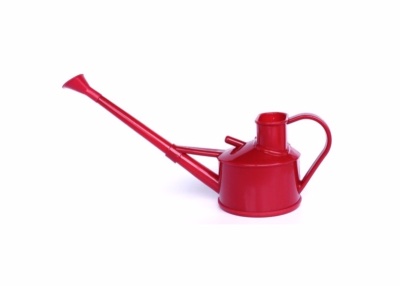
With regard to watering, let’s also see some particularities. To begin with, it is advisable to water in two stages. A more superficial initial one, which slightly wets the substrate. After a few minutes, the ideal is to water more deeply until you see how the excess is evacuated through the holes in the pot. Only in this way can we guarantee that the water conveniently penetrates the roots, and wets them as needed.
In addition to this, it is advisable to use a specific shower. What is this? Well, one that its pineapple is perforated with a good number of small holes. They not only simulate rainwater. In addition, they allow to be respectful with the substrate for bonsai. The idea is to alter it as little as possible.
3. The temperature, better warm than cold
As we said at the beginning, we are dealing with tropical or subtropical trees. Some origins that give us a clue of their heat needs. The ideal for this type of bonsai is the temperature that we can have on a regular basis in the living room of our house. In the case of subtropics and depending on the species, it is possible to grow them in somewhat lower temperatures. But let’s not tempt fate!
Beyond the degrees of comfort of these bonsai, which are the same as ours, one moment. Nothing to place it near artificial sources of heat or cold. Bonsai demands a stable and constant temperature.
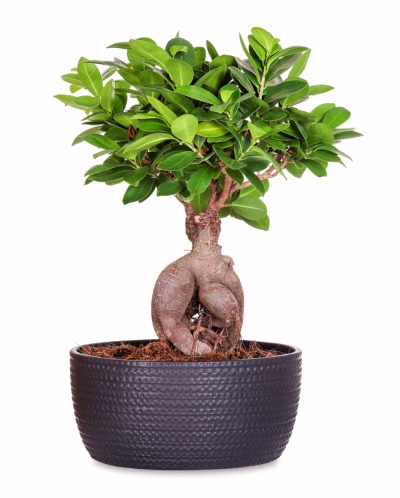
4. Environmental humidity, key to your well-being
Again: they are trees and, added, of tropical origin. In no case are they accustomed to a dry environment. Hence, if we want to see them prosper correctly, we have to create a microclimate for them. It is not as complicated as it seems. Simply place a fountain or pot larger than the bonsai under it with water. Then it will be enough to place a layer of volcanic clay and, on top of it, the bonsai. In this way, it will be able to have the moisture it needs without its roots being able to rot.
But it is not the only practice that we will have to carry out as part of the bonsai care. It also does not hurt to regularly clean its leaves to promote photosynthesis and, once clean, spray water. A simple way to keep your leaves hydrated.
5. The subscriber, a great help for growth
And we come to the last of the indoor bonsai care, which is, perhaps, where it differs most from the outdoor one. Indoors, the ideal is to fertilize our trees throughout the year. Something logical if, as we said before, they do not make the vegetative stop typical of winter.
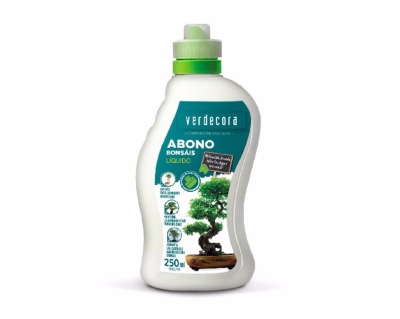
And here, again, be very careful. Whether it is a solid fertilizer or a liquid one, it is better to fall short than to exceed it. The consequences can be fatal. And let’s be realistic: what we want is to enjoy a plant for a long time that, with the necessary care, is eternal.
And if now that you know how to care for indoor bonsai you dare to have one, one last piece of advice. Start with a simple and sturdy bonsai.
The best start to fall in love with small trees that arouse great passions.

![Photo of Violet Flowers: [Examples, Care, Characteristics and Meaning]](https://www.complete-gardening.com/wp-content/uploads/2022/08/violet-flowers-examples-care-characteristics-and-meaning-390x220.png)
![Photo of Ghost Pepper: [Characteristics, Cultivation, Care and Disadvantages]](https://www.complete-gardening.com/wp-content/uploads/2022/08/ghost-pepper-characteristics-cultivation-care-and-disadvantages-390x220.jpg)
![Photo of Boletus Edulis: [Characteristics, Cultivation, Harvesting]](https://www.complete-gardening.com/wp-content/uploads/2022/08/boletus-edulis-characteristics-cultivation-harvesting-390x220.jpg)
